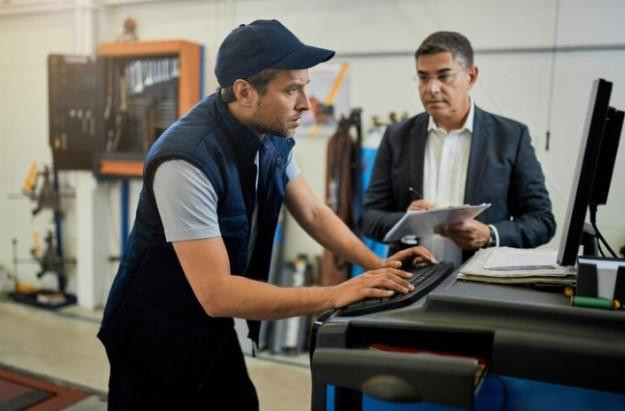Analytical balances are highly sensitive instruments, often measuring to the milligram. Whether you’re using it in industrial labs or educational institutes, it’s essential to follow the manual accurately. Adhering to good manufacturing (GMP) and laboratory (GLP) ensures you get accurate results every time. There are quite a few factors you need to consider when using an analytical balance in Singapore, one of them being calibration. In this article, we’re sharing a few tips for new lab personnel and experienced professionals:
Tip 1: Consider the sensitivity of the instrument
Milligramme balances are extremely sensitive and must be placed on a stable, vibration-free surface. Vibrations, even from foot traffic, can affect accuracy. To counter this: – Use a weighing table to absorb vibrations. – Ensure the balance is shielded from direct sunlight, breezes, or HVAC vents to prevent temperature and humidity fluctuations. – Always close the balance’s movable doors before starting the weighing process to avoid interference from air currents.
Tip 2: Calibrate for Precision
Calibration is key to accurate measurements, as gravitational pull varies by location. You may do it by yourself or opt for calibration and testing services in Singapore. If you’ve considered doing it by yourself, here’s what you need to keep in mind: – Calibrate the balance in the place where it will be used. – Recalibrate if the balance is moved or after regular intervals. – Follow user manuals for instructions on internal or external calibration. Regular calibration is essential to avoid errors, and more detailed information can be found in posts discussing calibration weights for externally calibrated balances.
Tip 3: Minimise sample-induced errors
Non-conductive materials like plastics or glass can carry electrostatic charges, distorting measurements. Use an ioniser to neutralise these charges, and ensure samples are at room temperature to prevent air currents. These simple steps can help avoid errors and improve the accuracy of your results.
Tip 4: Always wear gloves
Oils from your skin can affect the weight of sample pans, leading to inaccurate readings. If you want to avoid this: – Always wear gloves when handling pans or test weights. – Use tweezers or pan holders for precise handling, especially during calibration.
Tip 5: Clean it before and after use
Proper cleaning of the analytical balance is crucial for maintaining accuracy. Here’s the right way to clean your analytical balance before you perform calibration in Singapore: – Use a soft brush or gentle vacuum to remove loose samples. – Wipe surfaces with a cloth dampened in mild soap water, avoiding any liquid spills inside the device. Only trained technicians should service the balance. When it comes to using analytical balance, following a systematic process helps you ensure accurate results every time. At Unitest Instruments, we offer calibration and testing services in Singapore. Reach us out for any assistance!

